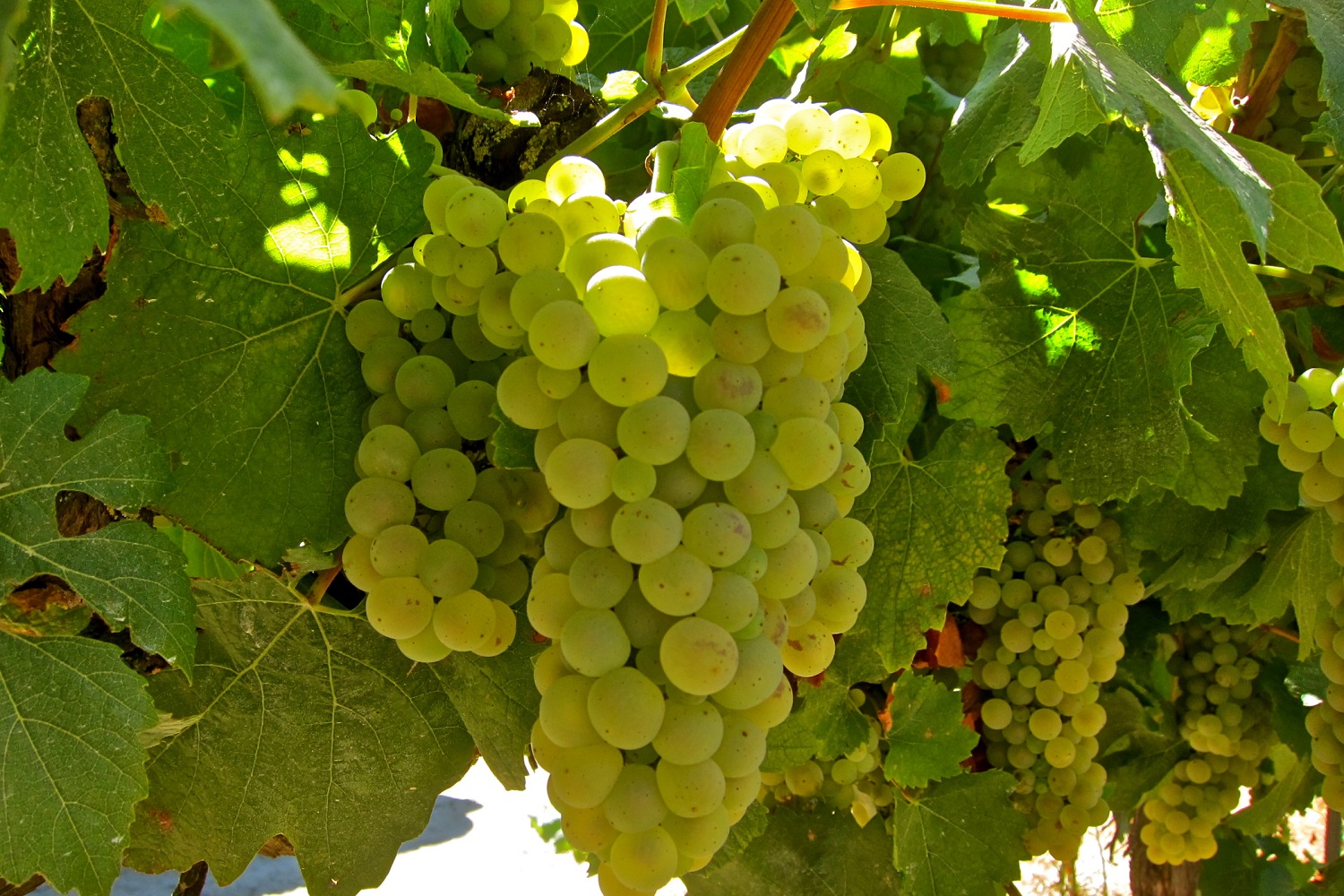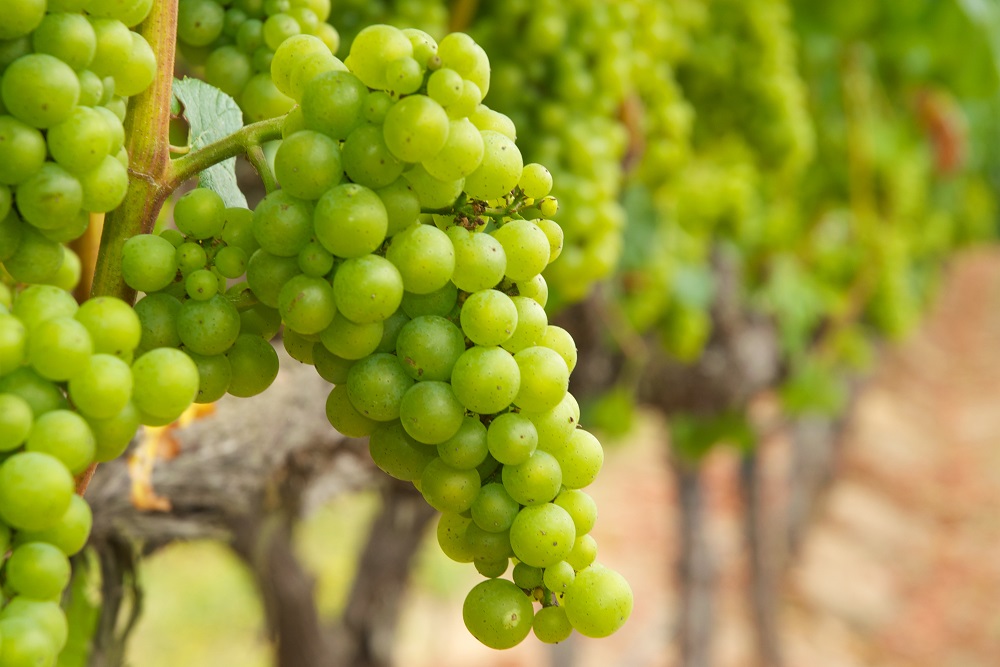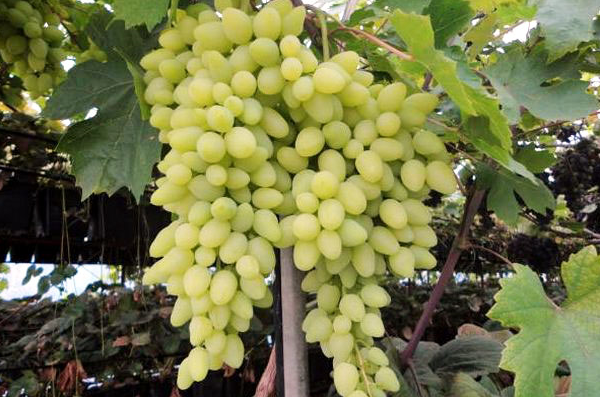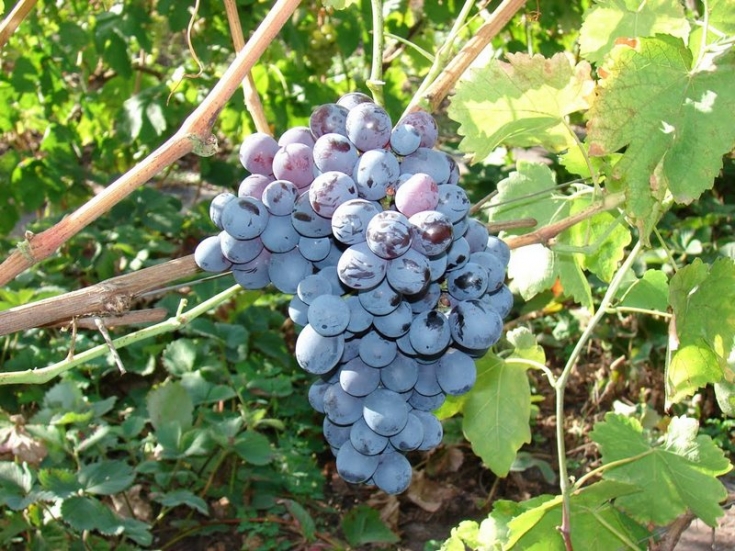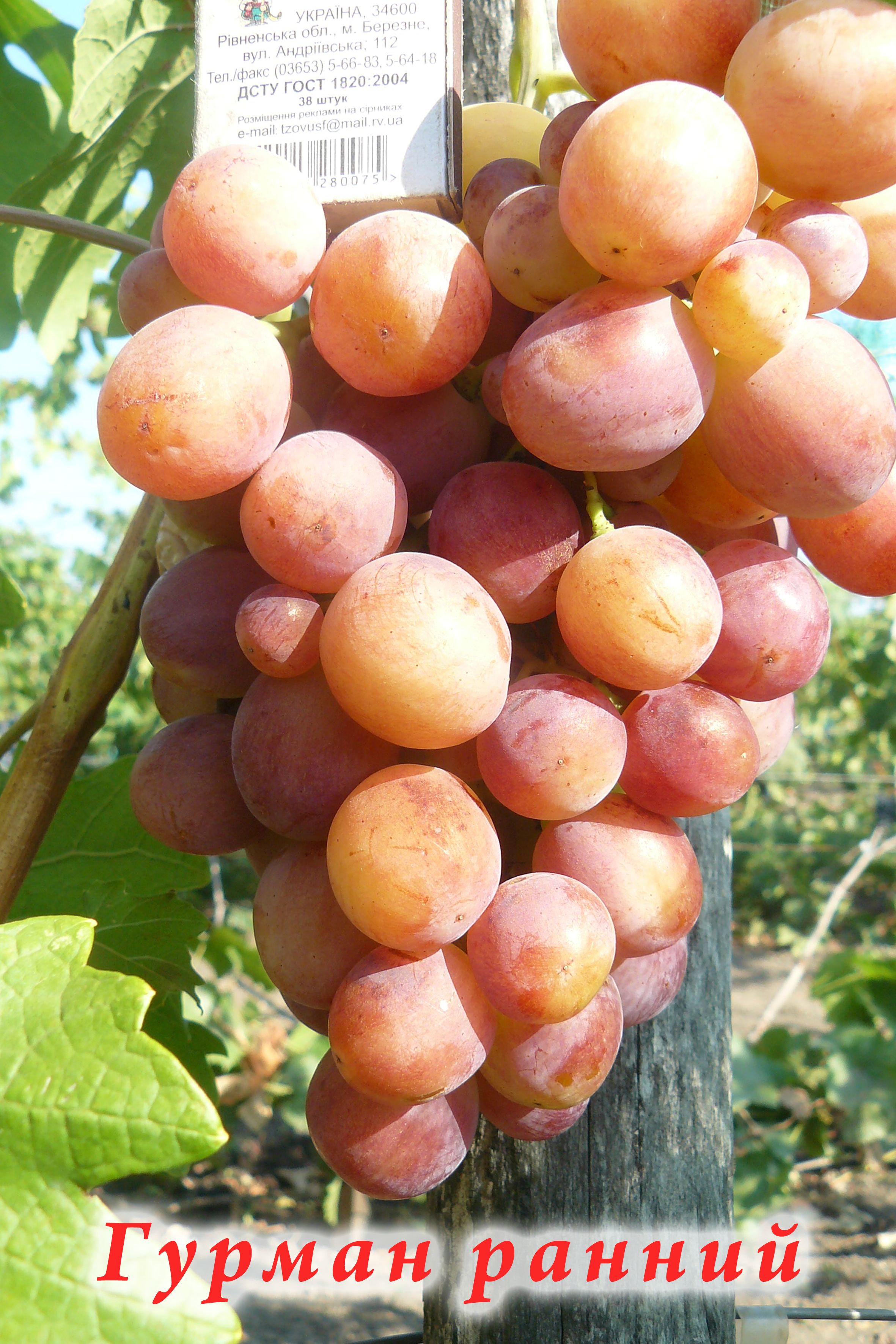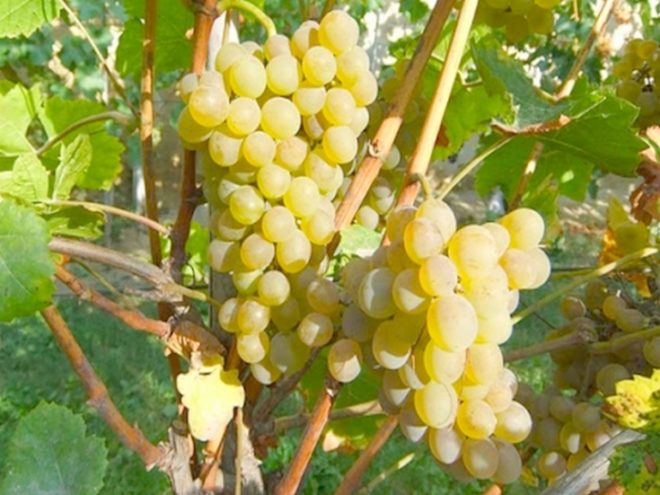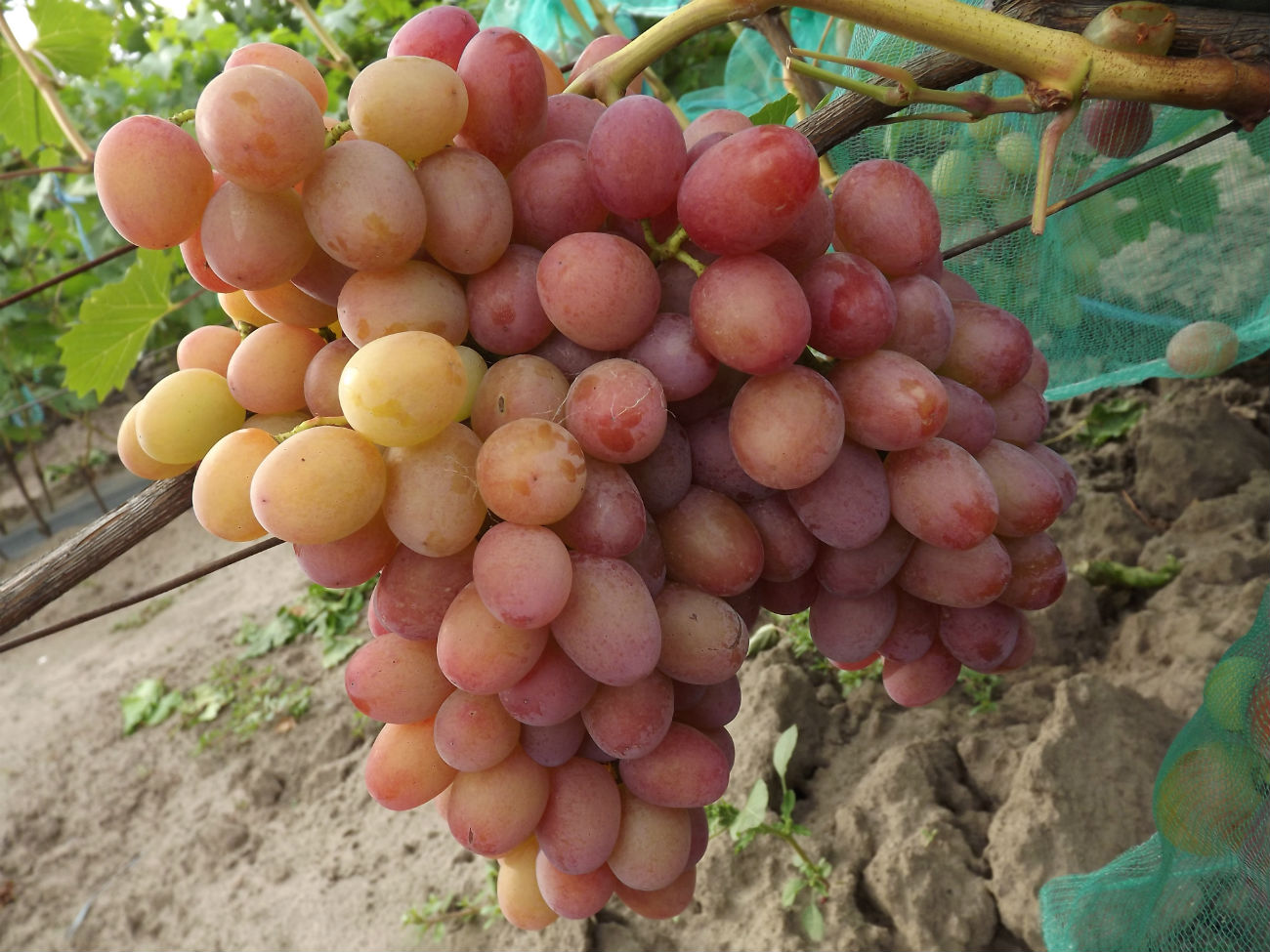Content:
Many varieties of grapes have been studied and bred. Winegrowers appreciate the Chardonnay variety. It is classified as a Western European variety. It is believed that it was formed by independent crossing of Pinot noir and Gue blanc. The last one was lost.
The grape has valuable medicinal, taste and nutritional qualities. It contains a large amount of organic acids, minerals (iron salts, phosphorus), vitamins (A, B1, B2, C, B6, P), sugar in the form of glucose. Chardonnay loves sunny places and almost any soil, except wetlands.
Description of the Chardonnay grape variety
Chardonnay is a grape variety that is not eaten because it has little pulp. It is used as a technical material to improve the taste of the bouquets of many classic and sparkling wines.
The variety has an average degree of maturity, the growing season can last up to 140 days. Usually grapes ripen at the end of September.
Frost resistance
The variety has an average resistance to frost up to -20 degrees, does not tolerate spring frosts. In the cold season in the spring, it is necessary to provide the plant with protection from hypothermia.
Yield
The yield is low. The grape bush boasts only 40% of fruitful shoots. No more than 3 bunches can appear on one shoot. Reduces the yield of ovary shedding. From 1 hectare you can get about 10 tons of grapes.
The low yield in the vineyards is offset by the rich taste of the resulting wine.
- Almost any type of soil is suitable for this variety. The most suitable will be the soil of stony or clay-calcareous nature.
- In order for the plant to receive enough sunlight, the western gentle slopes are suitable for planting.
- Withstands frosts down to -20 degrees.
- Drought tolerant.
- The ovaries form very early, so late frosts will cause them to fall off.
Grape appearance
The grape bushes are characterized by medium and vigorous vigor. The color of the shoots is brown, the shoots themselves are not knotty.
Leaves are bright green, veins are clearly visible on them. The leaf has a round shape, in which five lobes are almost not separated. Pubescence on the leaves is imperceptible. Chardonnay has a bisexual flower.
Bunches of medium density, conical or cylindro-conical. Chardonnay is characterized by early shedding of the ovaries and a loose bunch. The mass of one bunch does not exceed 100 g, the length is 12 cm, and the width is 10 cm.
Chardonnay berries are almost white with a greenish tinge, they can have dark brown spots. The berries are round, slightly elongated, weighing up to 15 g. The skin is dense and thin, the pulp is juicy and aromatic.
Diseases of the Chardonnay variety
The most dangerous diseases for this variety can be mildew and powdery mildew. Mildew is a fungal disease, the first signs of which resemble a deficiency in the plant of mineral fertilizers. When a bush is infected with mildew, the leaves brighten, oil spots appear, the disease passes from leaves to shoots, inflorescences and berries, the development of the bush stops.
To combat the disease, the drugs "Radomil", "Profit", "Avixil" are used.
Prevention of the disease consists in:
- Timely feeding of plants.
- Removing weeds and dry plant parts.
- The formation of the bush should be carried out taking into account air permeability.
- Preventive spraying with chemicals.
Oidium is a powdery mildew that infects grapes. Signs - the appearance of white bloom on the leaves and shoots.
Treatment is carried out by spraying with Skor and Horus preparations.
Agricultural technology of cultivation
The cultivation of grapes follows the general rules. But growers always take into account some of the characteristics of the variety:
- The holes for planting seedlings should be large (80 * 80 cm) dug out in 2 weeks. The distance between the holes is made from 1 to 3 meters.
- The well is enriched with black soil and mineral fertilizers. Such a mixture is placed at the bottom of the pit, the fertilizer thickness is 30 cm, then covered with soil.
- It is necessary to take into account the level of groundwater rise. From a large amount of moisture, the roots will rot. To prevent rotting, it is important to equip the drainage system.
- When planting, do not cover the root collar with soil.
- When watering, each bush should take up to 3 buckets of water.
- A week after planting, the grapes must be watered daily with a bucket of warm water.
When pruning grapes, always take into account the low yield of the variety. The height of the bush is made no more than 120 cm, and the young shoots are left hanging freely. Leave no more than 4 fruit links.
When pruning young grape shoots, an average of 12 eyes are left. In the summer, they monitor the density of the vine, if necessary, cut it off, allowing the berries to receive more sunlight.
Advantages and disadvantages of Chardonnay
Benefits of varietal Chardonnay grapes:
- A large number of similar varieties.
- Quality material for making wine.
- Drought tolerant.
- Has increased frost resistance.
Disadvantages:
- Low yield percentage.
- Poor resistance to fungal diseases.
- The berries are more likely to crack and rot.
- Needs fertile soil.
- Afraid of spring frosts.
Chardonnay grape is a wine material with a light taste with fruity notes. It has a unique taste that will transform both sparkling wine and champagne, sweet wines. It is considered one of the most valuable varieties.
